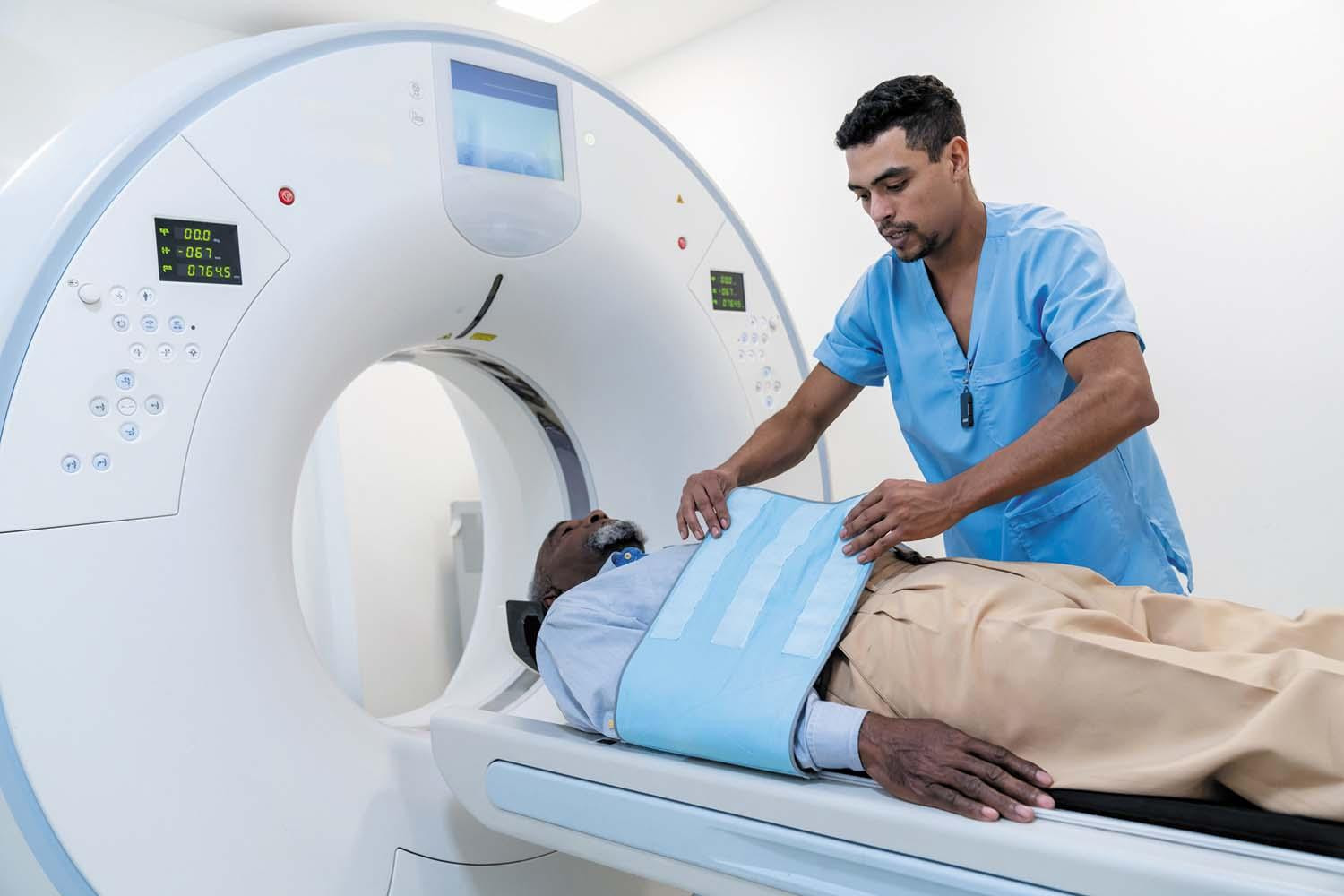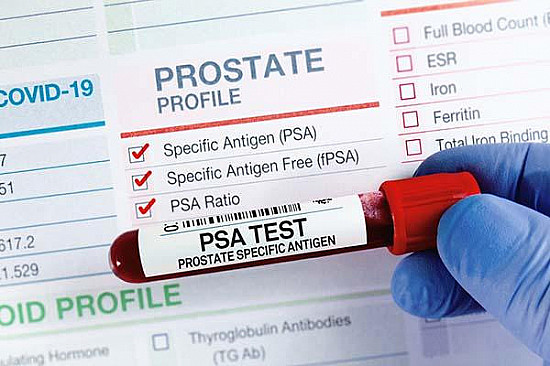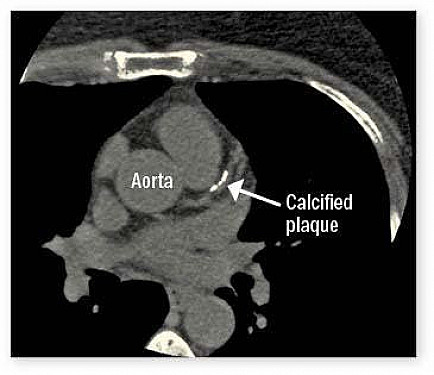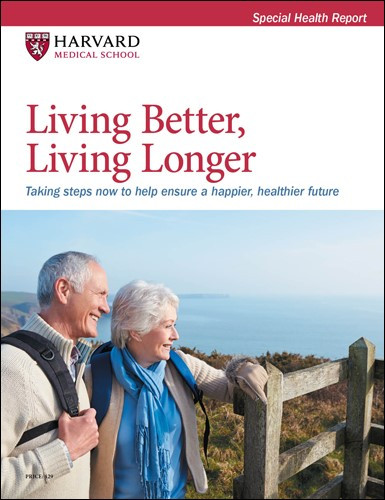Is it safe to get repeated imaging tests?
Pay attention to the test type and frequency, and ask if it's really necessary.
- Reviewed by Anthony L. Komaroff, MD, Editor in Chief, Harvard Health Letter; Editorial Advisory Board Member, Harvard Health Publishing

Fractures, infections, tooth decay, heart conditions, cancer, and stroke: these common health problems are often diagnosed with the help of imaging tests that use ionizing radiation, such as x-rays or computed tomography (CT) scans. The tests are considered generally safe. But new evidence suggests a concerning trend in their use, particularly with CT scans.
Radiation exposure
We are exposed to natural radiation in our environment every day. In a year’s time, the average person is exposed to about 3 millisieverts (mSv) of this background radiation.
X-rays, CT, and some other types of scans expose you to additional radiation. For example, a bone density test emits 0.001 mSv, a dental x-ray emits 0.005 mSv, and a chest x-ray emits 0.1 mSv.
The amount of radiation is higher with CT, especially if it’s done with contrast dye. “For example, a chest CT scan without contrast dye emits 4 mSv, whereas one with contrast dye emits 6 mSv,” says Dr. Mark Hammer, a radiologist at Harvard-affiliated Brigham and Women’s Hospital. Abdominal and pelvic CT scans with contrast dye emit up to 16 mSv.
Radiation risks
Radiation from diagnostic tests has the potential to damage tissue in the body, including cell DNA. Rarely, that can cause mutations that lead to cancer 10 or 20 years later. The long-term cancer risk from standard x-rays is considered very low.
The risk might be higher from CT. For example, a 2009 study estimated that CT use would eventually account for 2% of annual cancer cases in the United States. That number jumped significantly in a study published in the June 2025 issue of JAMA Internal Medicine. Scientists projected that 103,000 future cases of cancer would eventually develop from 93 million CT tests performed in 62 million people (mostly adults) in 2023. From there, researchers estimated that CT-related cancers could one day account for 5% of annual cancer diagnoses in the United States.
Note, however: both studies relied on simulations. And most of the information we have about long-term cancer risk from radiation exposure is derived from atomic bomb survivors, not medical imaging.
CT and x-ray basicsX-rays and CT scans use beams of radiation that penetrate the body and reveal images in shades of black and white.
|
Why the increase?
The higher projection of CT-related cancers doesn’t relate to the nature of the scan. “CT has the same risk we’ve known about. For example, the new study found an estimated average 0.25% increase in cancer risk per one scan for a middle-aged adult. But more patients are getting more scans nowadays, and that could lead to additional cancer cases,” Dr. Hammer says.
Why are people getting more CT scans? Dr. Hammer suggests two reasons. One is that people with cancer, who need to be monitored with CT, are living longer.
The other is that an increasing number of CT scans are being ordered in hospital emergency departments. “There might be a push to get people through faster. Also, emergency departments have a greater number of non-physician providers, who tend to order more imaging compared to doctors,” Dr. Hammer says.
What you should do
X-rays and CT scans provide important information needed to guide treatment: they can catch disease early and sometimes save your life. But if a doctor orders a CT scan and you recently had one of the same type, ask what the results of the new one might show, whether they’ll affect treatment, what can be done to reduce the radiation dose, and whether an alternative test that doesn’t use radiation (such as MRI or ultrasound) can be substituted. Particularly in a hospital emergency department, the doctors may not know about your medical history.
“The key question is whether CT is truly necessary. If it is, then the benefits will outweigh the tiny increased risk of cancer,” Dr. Hammer says. “However, if guidelines suggest no imaging is needed for these symptoms, then the risk probably outweighs any benefit.”
This article is brought to you by HarvardHealthOnline+, the trusted subscription service from Harvard Medical School. Subscribers enjoy unlimited access to our entire website, including exclusive content, tools, and features available only to members. If you're already a subscriber, you can access your library here.
Image: © Hispanolistic/Getty Images
About the Author

Heidi Godman, Executive Editor, Harvard Health Letter
About the Reviewer

Anthony L. Komaroff, MD, Editor in Chief, Harvard Health Letter; Editorial Advisory Board Member, Harvard Health Publishing
Disclaimer:
As a service to our readers, Harvard Health Publishing provides access to our library of archived content. Please note the date of last review or update on all articles.
No content on this site, regardless of date, should ever be used as a substitute for direct medical advice from your doctor or other qualified clinician.
















